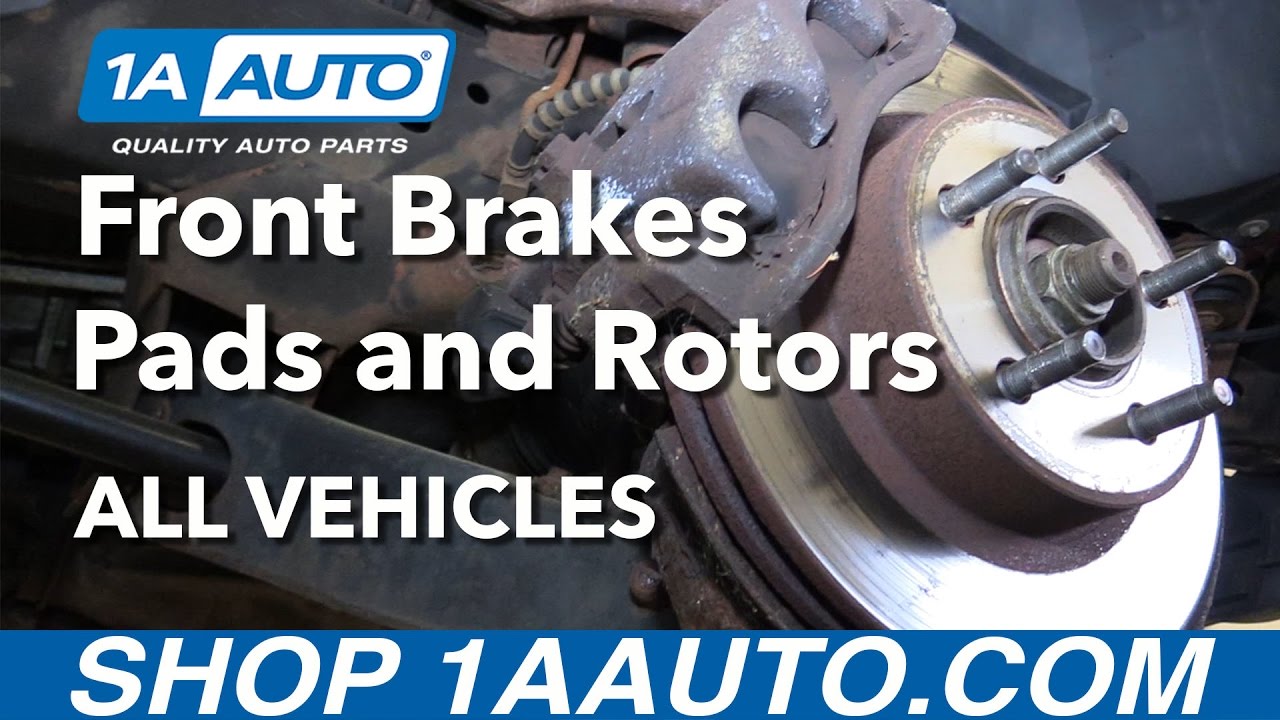1ABPS02545-2003-08 Toyota Corolla Matrix Pontiac Vibe Front Ceramic Brake Pads TRQ BFA73091
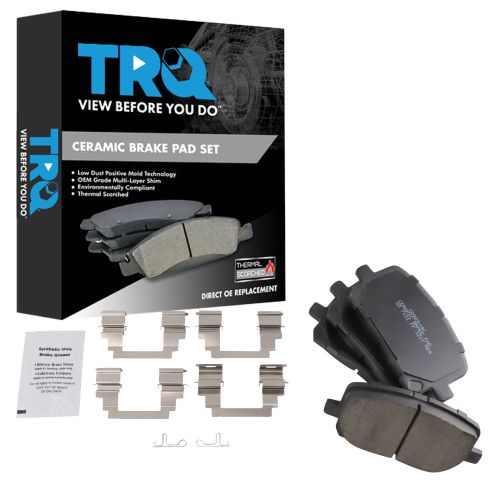




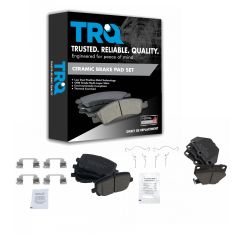
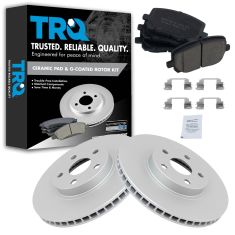
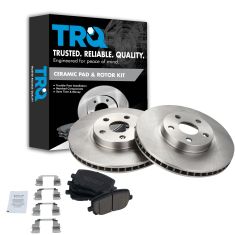
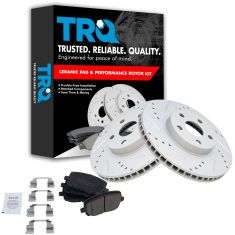
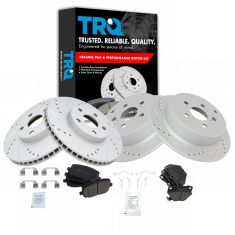
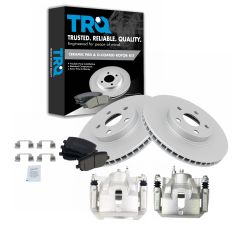
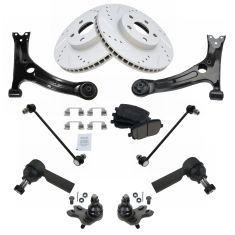
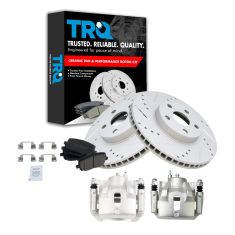
Replaces
2005 Pontiac Vibe Front Ceramic Brake Pads TRQ BFA73091



Get the kit

Ceramic Brake Pads
$54.95

Ceramic Brake Pad & Rotor Kit
$109.95

Ceramic Brake Pad & Rotor Kit
$124.95

Ceramic Performance Brake Pad & Rotor Kit
$134.95

Ceramic Performance Brake Pad & Rotor Kit
$194.95

Ceramic Brake Pad & Rotor Kit with Calipers
$264.95

Premium G-Coated Steering, Suspension, & Brake Kit
$264.95

Ceramic Performance Brake Pad & Rotor Kit with Calipers
$267.95
Product Reviews
Loading reviews
Customer Q&A
No questions have been asked about this item.
Pontiac is a registered trademark of General Motors Company. 1A Auto is not affiliated with or sponsored by Pontiac or General Motors Company.
See all trademarks.








